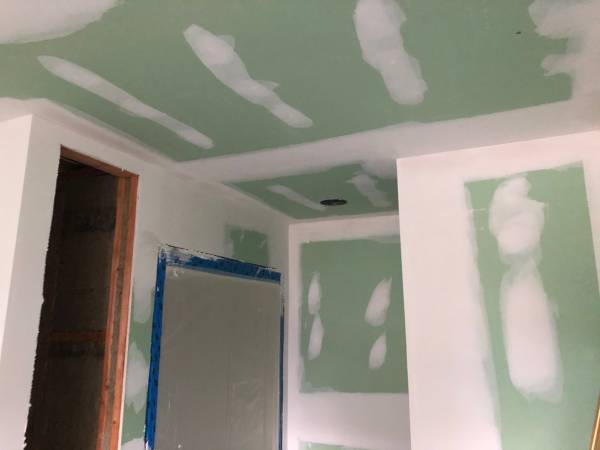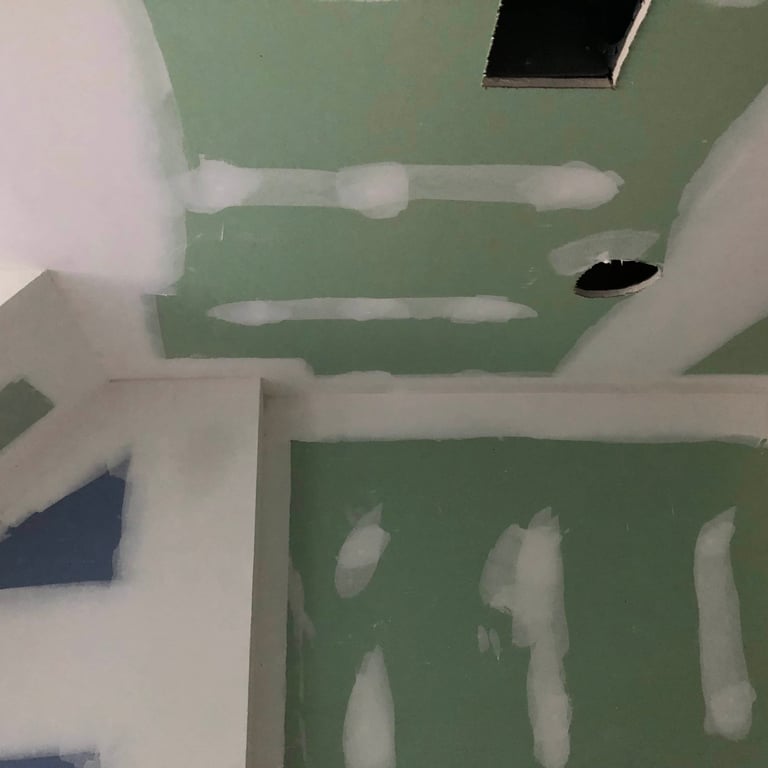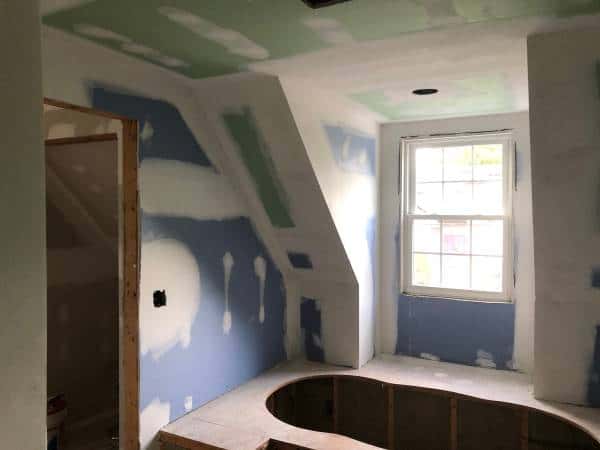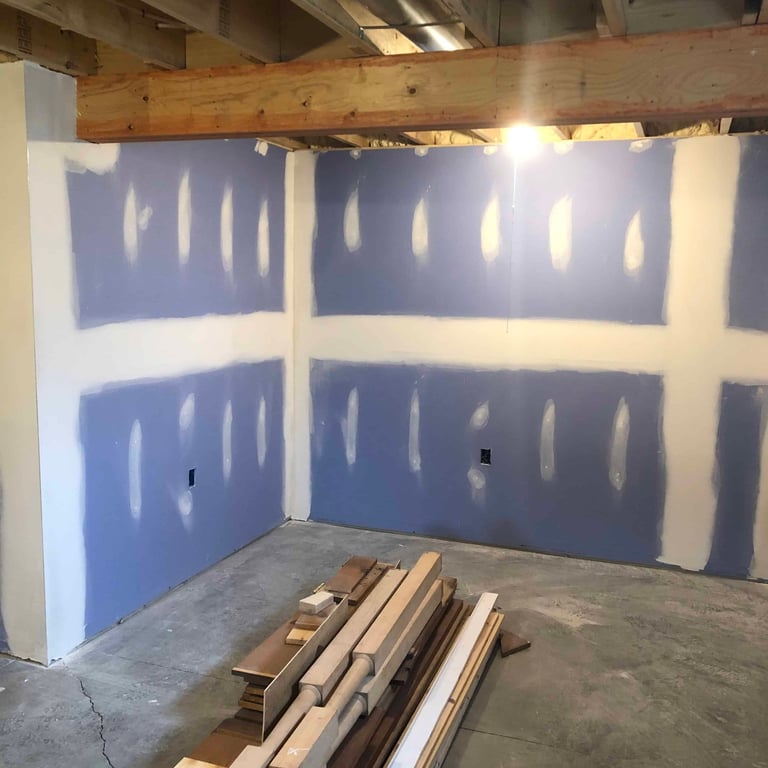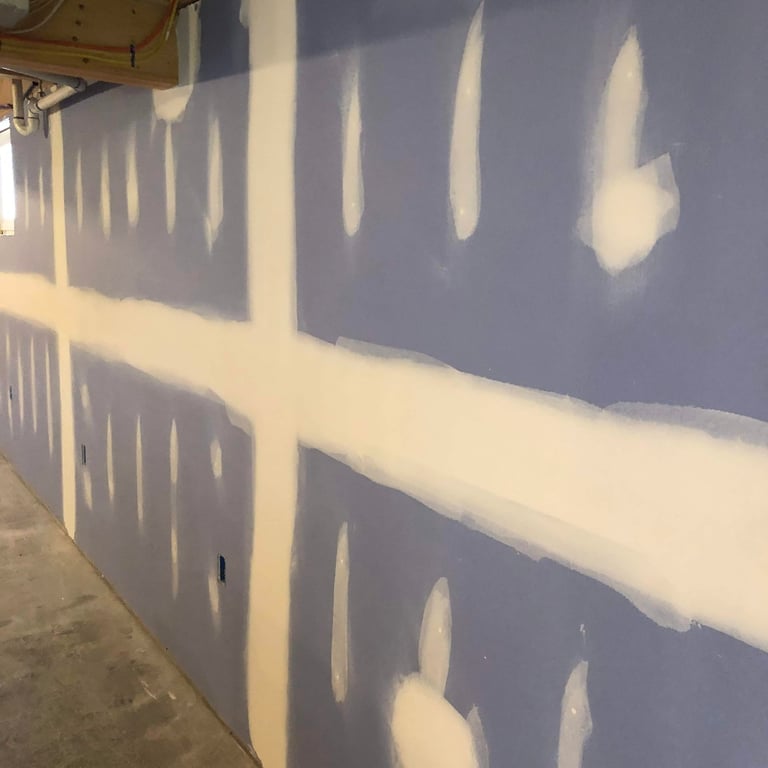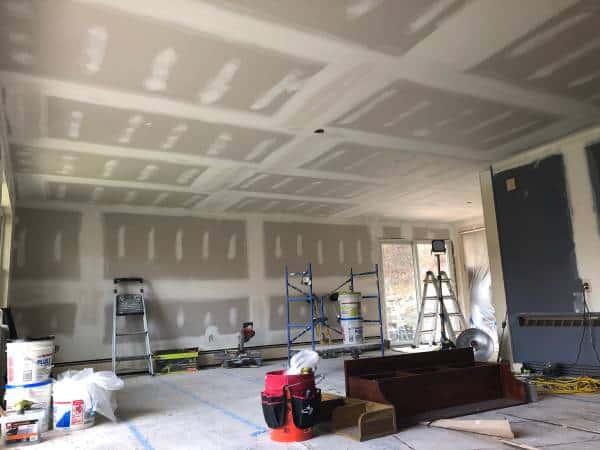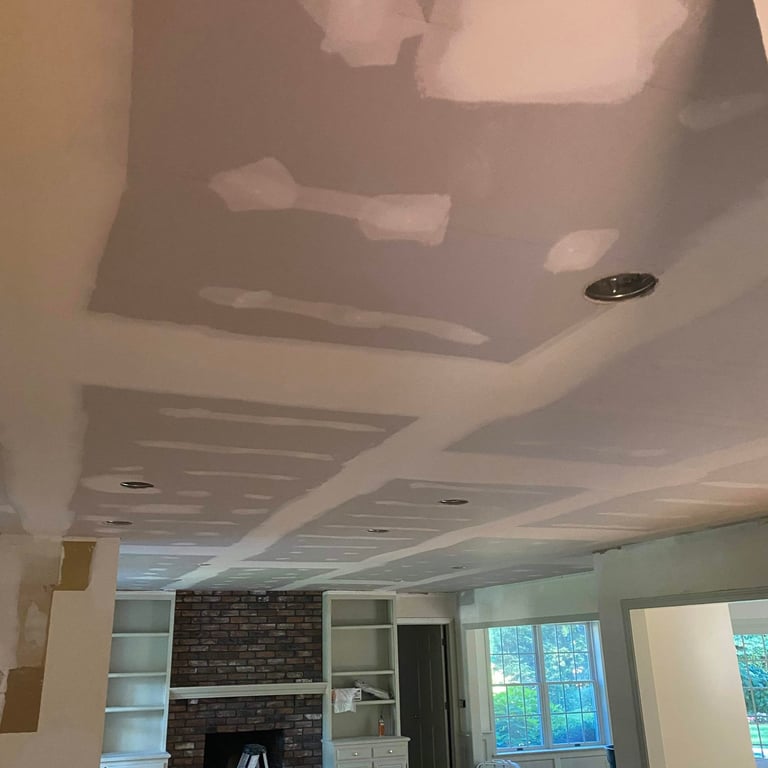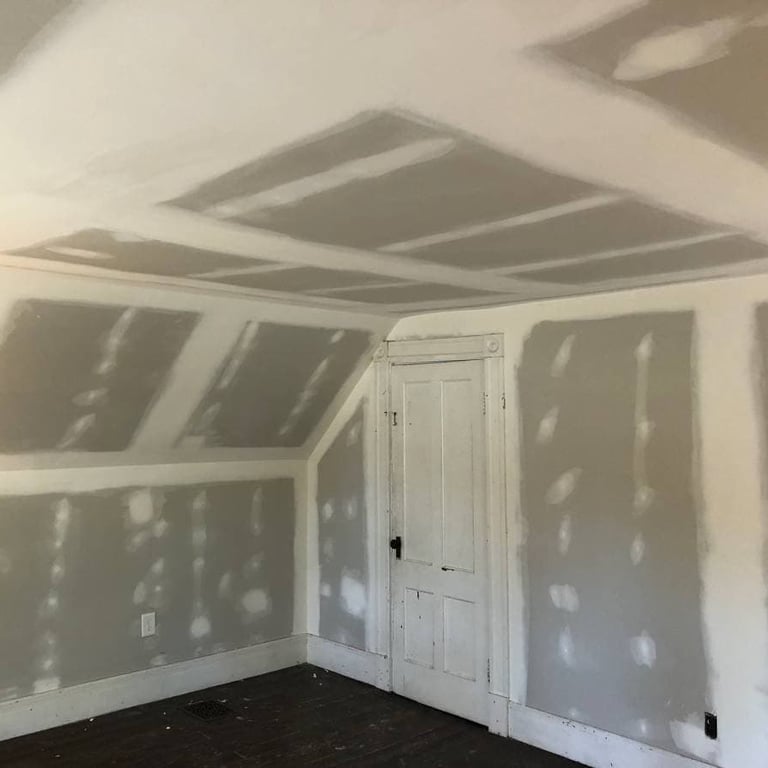Drywall Finishing & Taping Experts Western, MA
MrWalls is an Insured and Licensed Drywall Contractor With Over 24 Years Of Experience.
5 STAR GOOGLE RATING
★★★★★
Ma License 137633
Professional taping, mudding, and sanding for flawless walls and ceilings — ready for paint.
Perfect drywall finishing takes real skill. MrWalls Drywall & Painting delivers smooth, even finishes at every level — from standard Level 4 work to mirror-smooth Level 5 for high-end results. We tape, coat, sand, and inspect every seam, leaving your surfaces paint-ready with no visible joints or ridges. Whether it’s new construction or a remodel, we bring precision and speed to every job.
Services We Offer:
Level 4 & Level 5 smooth finishes
Skim coating textured walls or ceilings
Sanding, cleanup, and priming
Touch-up and patch finishing
Ceiling repairs before painting
Why Choose MrWalls:
24+ years of drywall finishing experience
Clean, dust-controlled sanding
Fast turnaround and reliable scheduling
Guaranteed paint-ready surfaces
Get a Quote for Professional Drywall Finishing
Call (413) 302-0640 or request your quote online today.
Our Finishing
These are some photos of our drywall finishing work.
